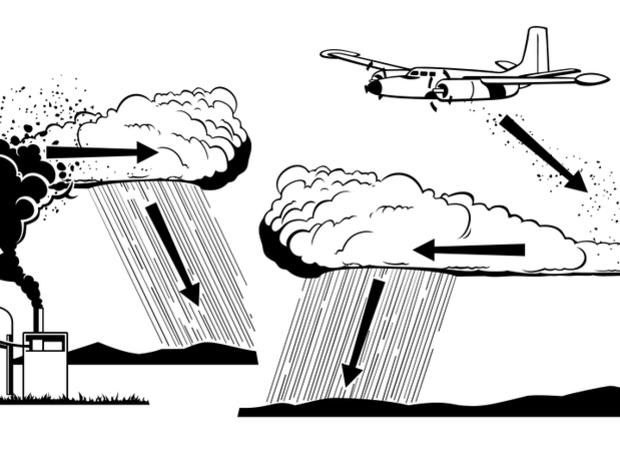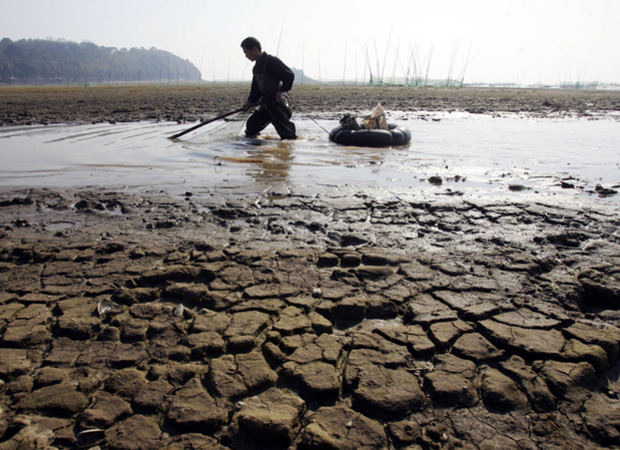China and India Water ‘Dispute’ after Border Stand-Off
China and India may have defused a potential border conflict but the stand-off seems to have led to dispute over another contentious issue: water.
China's 'Sponge Cities' Aim to Re-Use 70% of Rainwater
Asian cities are struggling to accommodate rapid urban migration, and development is encroaching on flood-prone areas.
China’s Huge Dam Projects Will Threaten Southeast Asia as Water Scarcity Builds Downstream
A river is born high in the Tibetan Plateau, before snaking its way 3,000 miles south and emptying itself into the South China Sea.

Source of Mekong, Yellow, and Yangtze Rivers Drying Up
from chinadialogueIn 2015, the Chinese government announced plans to set up a new nature reserve in the Sanjiangyuan (“three river source”)...

From West Africa, the Czech Republic, and Home
from Yuanjin PhotoIn this month’s Depth of Field, Chinese photojournalists explore foreign terrain, both beyond China’s borders and within them. Independent photographer Yuyang Liu traveled the open seas to document the lives of Chinese and African...

China is Demanding Cleaner Shipping—So Should the Rest of the World
from chinadialogueLast year, in response to growing awareness of severe air pollution problems in China’s coastal cities, the Chinese government adopted a ground-breaking program to cut pollution from ships. At its core is a commitment to reduce...

China-Backed Hydropower Project Could Disturb a Sensitive Siberian Ecosystem
from Rivers without BoundariesLake Baikal contains 20 percent of the world’s freshwater resources and affects the regional climate of North Asia and the Arctic Basin. The lake is home to 2,500 aquatic species and local communities in Mongolia and Russia revere the lake as the...

Clear as Mud: How Poor Data is Thwarting Water Clean-Up
from chinadialogueChina’s central and local governments have barely made a start in trying to clean up the country’s heavily polluted water, despite fast-approaching deadlines for improvements and the launch of a comprehensive “ten point plan” over...
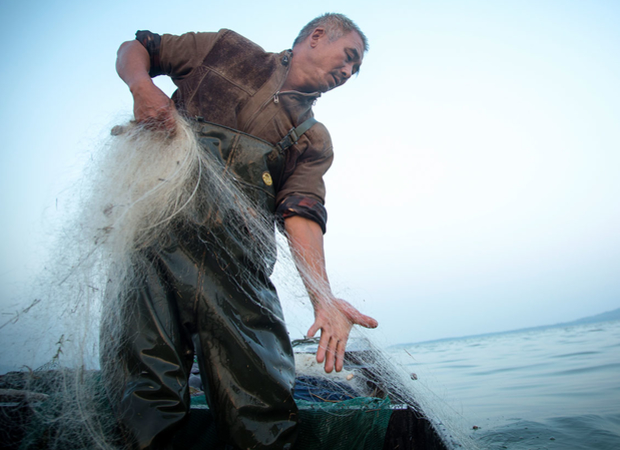
Drinking the Northwest Wind
Like so many of Mao’s pronouncements, it sounded simple. “The South has a lot of water; the North lacks water. So if it can be done, borrowing a little...

Is China Doing Enough for the Environment?
This week, at their biggest annual session in Beijing, Chinese lawmakers are expected to ratify the country’s 13th Five-Year Plan, which contains many new measures to address rampant pollution of the country’s air, soil, and water. Will the plan...
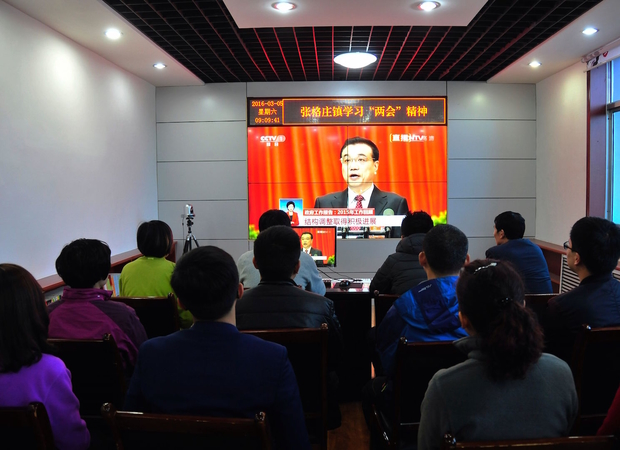
How China’s 13th Five-Year Plan Addresses Energy and the Environment
For the first time ever, a senior Chinese leader announced in his work report to the National...
Waking the Green Tiger
This documentary—available in full on ChinaFile throughout January courtesy of filmmaker Gary Marcuse—follows a group of environmental activists trying to prevent the construction of dams on the Nu (Salween) and the Upper Yangtze (Jinsha) rivers...

Chinese Cities Most at Risk from Rising Sea Levels
from chinadialogueA study by Climate Central, a non-profit news organization focusing on climate science, showed that 12 other nations have more than 10 million people living on land...
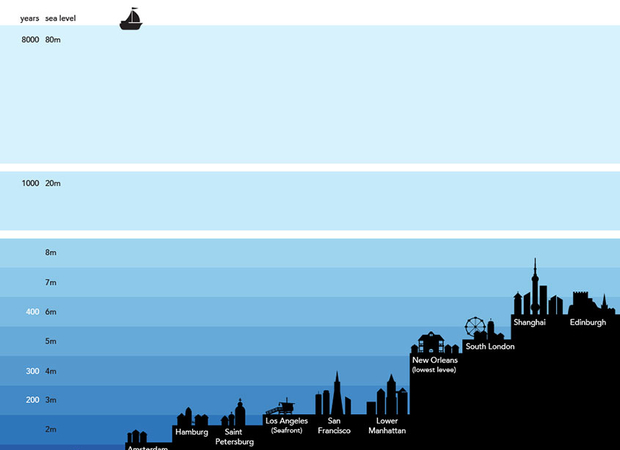
China is ‘Rational’ Leader on Climate Change, Says Retired NASA Scientist James Hansen
James Hansen, retired NASA scientist and “father of climate change awareness,” believes China, the world’s largest CO2 emitter, will now step up to provide the carbon emissions reduction leadership lacking from the U.S., according to a Guardian...
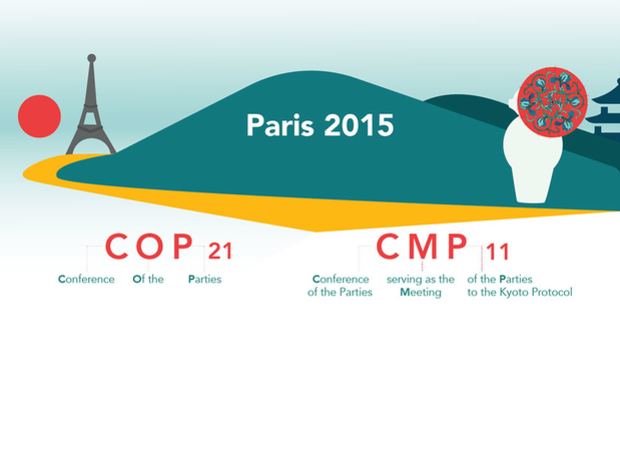
The Chinese Road to Paris 2015
from Chinese DoodlesBeginning on November 30, Paris will host the 21st session of the Conference of the Parties to the United Nations Framework on Climate Change (COP21). Whatever progress is made toward the parties’ agreement on a path forward will depend in large...
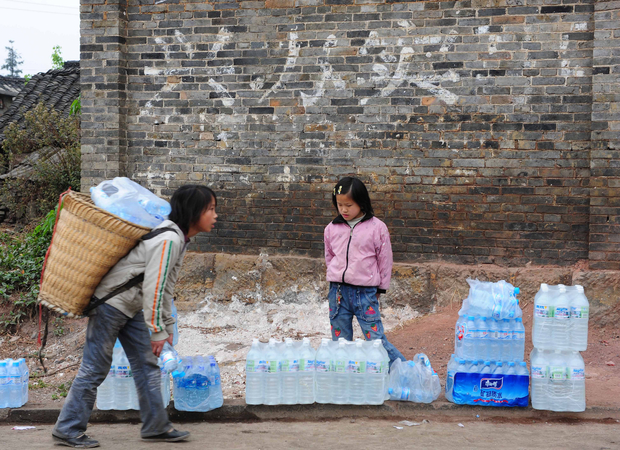
China’s Bottled Water Industry to Exploit Tibetan Plateau
from chinadialogueTibet wants to bottle up much more of the region’s water resources, despite shrinking glaciers and the impact that exploitation of precious resources would have on neighboring countries.
This week, the Tibet Autonomous...
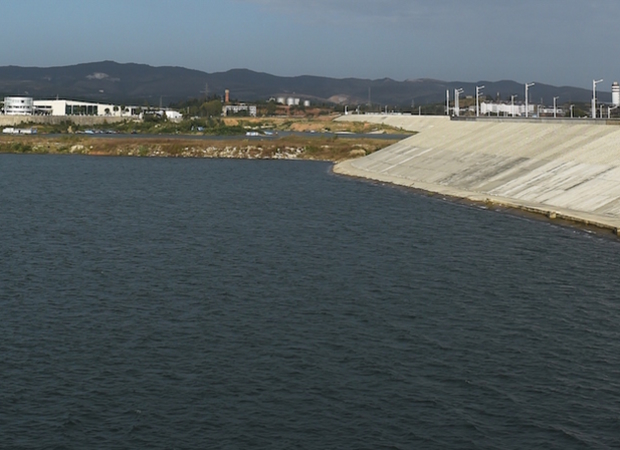
Can the South-North Water Transfer Project and Industry Co-Exist?
from chinadialogueSixty-two years after Chairman Mao first envisioned the South-North Water Transfer project, the Middle Route (SNWT-MR) formally began transferring supplies of water from Danjiangkou reservoir on the border of Hubei and Henan in...
Bottled Water In China: Boom Or Bust?
It has only taken China two decades to become the world’s largest bottled water consumer and a major producer. But given China’s much publicized water woes from pollution to scarcity and droughts, can China’s bottled water market continue to boom...

The Yellow River: A History of China’s Water Crisis
from chinadialogueDuring the hot, dry month of August 1992, the farmers of Baishan village in Hebei province and Panyang village in Henan came to blows. Residents from each village hurled insults and rudimentary explosives at the other across the Zhang River—the...
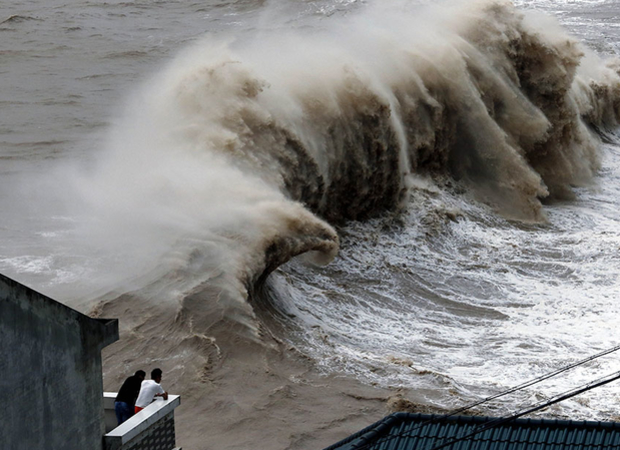
Taming the Flood
In August 1975, Typhoon Nina, one of the most powerful tropical storms on record, surged inland from the Taiwan Strait, causing floods so catastrophic they overwhelmed dam networks...
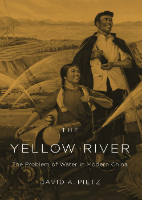
The Yellow River
Flowing through the heart of the North China Plain―home to 200 million people―the Yellow River sustains one of China’s core regions. Yet this vital water supply has become highly vulnerable in recent decades, with potentially serious repercussions for China’s economic, social, and political stability. The Yellow River is an investigative expedition to the source of China’s contemporary water crisis, mapping the confluence of forces that have shaped the predicament that the world’s most populous nation now faces in managing its water reserves.
Traces II
Few rivers have captured the soul of a nation more deeply than the Yellow River. Historically a symbol of enduring glory, a force of nature both feared and revered, it has provided water for life downstream for thousands of years.
Towards A Water & Energy Secure China
China’s waterscape is changing. Water risks in China, be they physical, economic or regulatory, have great social-economic impacts and are well recognized, especially those in China’s water-energy nexus. Today, 93 percent of power generation in...
China’s Long March To Safe Drinking Water
China’s central government set ambitious goals to safeguard water quality in 2011, at the outset of the 12th Five-Year Plan (2011-2015). Those goals targeted improvements from source-to-tap, earmarking a budget of nearly RMB 700 billion (U.S.$112...
China’s Water-Energy-Food Roadmap
The water-energy-food nexus is creating a complicated challenge for China and the world. Energy development requires water. Moving and cleaning water requires energy. Food production at all stages—from irrigation to distribution—requires water...

A Catastrophe for Nicaragua’s Great Lake
from ConfidencialEighty years old, with more than a dozen books on national geography and natural resources to his name, he is the most authoritative voice in the country on environmental issues. Jaime Incer Barquero, former Minister of the Environment and...

Indian Critics of Tibet’s First Dam ‘Exaggerating’ Dangers
from chinadialogueTibet’s first major dam, the Zangmu hydropower station, started generating electricity at the end of November. This prompted complaints from Indian media that Chinese dam building on the Yarlung Zangbo River could reduce water flow and cause...

It’s Time to Cooperate on the Yarlung Tsangpo
from chinadialogueThis is part of a special series of articles produced by thethirdpole.net on the future of the Yarlung Tsangpo river—one of the world’s great transboundary...

South-North Water Transfer ‘Not Sustainable,’ Official Says
from chinadialogueThe $62 billion South-North Water Transfer Project would be rendered irrelevant if one-third of buildings in Beijing could collect more rainwater and recycle more wastewater, according to a Chinese ministerial official.
The remarks made...
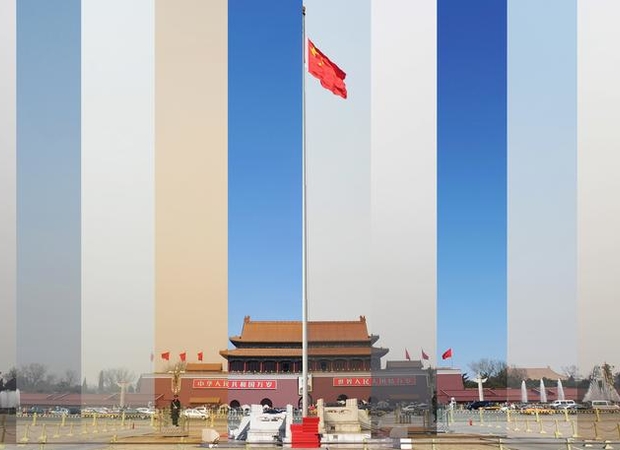
Predictions for China’s Environment in 2014
from chinadialogueFrom dead pigs in the Shanghai river to toxic smog in major cities, 2013 was a year of dramatic environmental...
Life in the Shadow of the Mekong Dams
from chinadialogueThis is the second in a two-part special report on the resettlement rights of villagers displaced by dams along the Mekong (Lancang) River. Part one is an analysis of how China’s...

Water-Trading Could Exacerbate Water Shortages in China
from chinadialogueLarge-scale engineering projects and rigorous state control are hallmarks of the Chinese developmental model, and both have been apparent in the country’s approach to water management.
A US$62 billion project to divert water from the south...

Singapore’s Growth Story Holds Lessons for Water-Scarce China
from chinadialogueWhen the tiny city-state of Singapore gained independence in 1965, its social, economic, political, and environmental constraints appeared so formidable that many of those looking in from outside predicted a future of dismal dimensions.
...

China’s Disappointing Absence from U.N. Water Summit
from chinadialogueAfter recent heated debate over China’s mega-dam plans, any visitor to the launch on February 11 of the U.N.’s much-vaunted International Year of Water Cooperation ...

Xi Jinping Must Tackle Corruption and Boost Innovation in Food Sector
from chinadialogueIn January 2013, Australia’s biggest supermarket chain Woolworths began restricting sales of baby formula to four tins per customer after a massive increase in demand stripped shelves bare of popular brands such as Karicare.
The buyers...
Worse Than Poisoned Water: Dwindling Water, in China’s North
When 39 tons of the toxic chemical aniline spilled from a factory in Changzhi in China’s Shanxi province at the end of December, polluting drinking water for hundreds of thousands of people downstream along the Zhuozhang River and dangerously...
As Wen Jiabao Departs, China’s Dam Plans to Accelerate
Dam building slowed considerably under Wen, who personally intervened to block hydropower projects and avoid the potential for protest from local populations. Projects such as the $59 billion Three Gorges Dam have been the focus of criticism over...
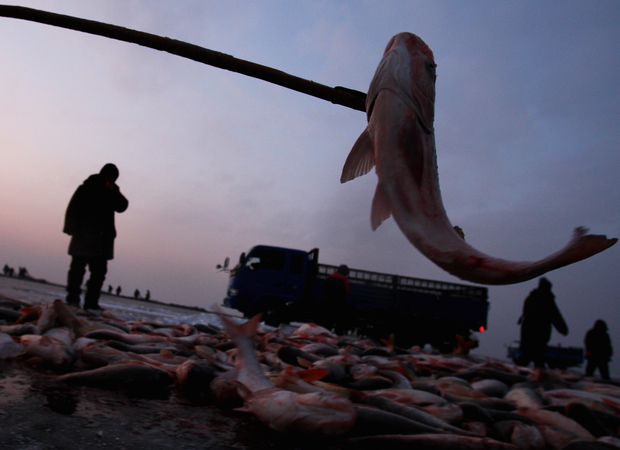
Overfishing Pushes 80% of Chinese Fishermen Towards Bankruptcy
from chinadialogueIn mid-September, the fishing season got under way as usual in Ningbo, on China’s east coast, after the three-month season when fishing is forbidden. Over 2,000 steel-hulled boats headed out to sea. But, on board, there was little cause for...
Water-transfer Projects "Essential," Says Chinese Scientist
So the ability to move water around is essential, to distribute the water more evenly. Of course you need to work in coordination, to balance the ecological impact. But you can’t store and transfer water without dams and reservoirs, can you?

China’s South-North Water Transfer is “Irrational”
from chinadialogueRuth Matthews, executive director of the Water Footprint Network, tells Tom Levitt how food has come to dominate our water use and why China may need to re-think its South-North water transfer project.
Tom Levitt:...
China's Unsafe Drinking Water
Hurtling beneath the ground, there are sturdy new subways coursing through every major urban center of China like an electric current of modernity. The country's rapid urbanization in a matter of mere decades has...
The Double Life of Dali Lake
from chinadialogueEvery spring, migratory birds start arriving at Dali Lake in Inner Mongolia just as the fish-breeding season gets under way. This has been the time—at least until recently—when herders living around the lake have heard the sounds of firecrackers...
A Story of Invisible Water
A Story of Invisible Water examines the problem of water pollution and drought in the northeastern Chinese province of Hebei. Farmers in Xizhang village claim that for more than twenty years, local factories have polluted the groundwater...

Water on the Brink
from Sinica PodcastAs the southern Yangtze region struggles with its worst drought in a century, China’s grand plans for water diversion projects and its Three Gorges Dam have come under renewed scrutiny, as have expectations Beijing can maintain economic stability...
Wanjiazhai Water Transfer Project: Key Factors and Assesment
China's impressive economic performance since 1978 with a growth rate of GDP of 9.5 percent per year has been mainly in the industrial and commercial sectors and is concentrated in urban areas; as a result, urban water demand has increased by...








